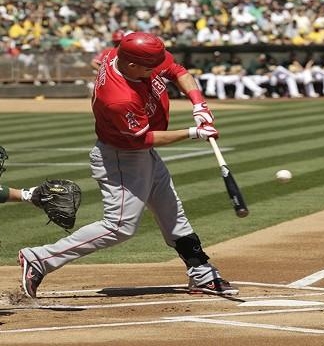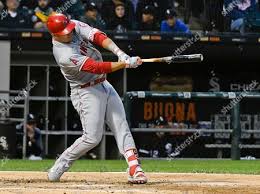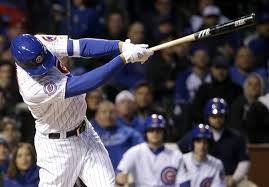EXTENSION
- elitediamondperfor
- Apr 18, 2022
- 3 min read
Extension during the swing is something that is one of the most talked about phases of the swing. While the extension position is something that we should pay attention to, it is not something that most hitters should force. I believe that the extension position is more of a diagnostic part of the swing that can help highlight problems earlier in the swing that need correcting.
WHAT IS THE EXTENSION POSITION? The extension position is the moment in the swing when the arms are fully extended. Most swings will display this position but there will be swings, especially in younger hitters where they may not get fully extended. This is because the extension position is something that should occur naturally as a product of the arms not being able to hold the bat close to the body as the force of the swing takes over.
WHEN SHOULD IT OCCUR? This is still an often debated topic but I’m not sure why. There are still coaches who will tell kids to get extended at contact, but take a look at what good hitters look like at contact. Unless they are completely fooled by a pitch off the plate, hitters will maintain some bend in the arms at contact. Take a look at the pictures below. The picture on the left shows what an amateur hitter looks like at contact vs a pro hitter on the right.
WHAT SHOULD THE EXTENSION POSITION LOOK LIKE?
BIGGEST THING TO LOOK FOR IN THE EXTENSION POSITION. Look at the photos above and notice the back or top hand forearm. Regardless of pitch location, the back forearm should point either straight or up, never down.
WHAT DOES THIS POSITION TELL US?
Bat Path The bat needs to move up through the hitting zone to match the plane of the incoming downward moving pitch. If the bat moves level or down, the arms will point to the ground rather than up and out.
Hand Path In order for the bat to move in an upward path, the hands must not shoot down. Rather they should work in an upward path through contact. If this doesn’t occur, the arms will point towards the ground. Notice how the hands work through contact in the video below.
Time in the Hitting Zone The reason the bat path and hands have to work in an upward fashion is to keep the bat on path with the pitch for as long as possible. If you notice an extension position with the arms, particularly the back forearm pointed down, the bat will not be on path with the incoming pitch for long. This will result in inconsistent contact and reduced power.
SIGNIFICANCE OF THE EXTENSION POSITION AND HOW TO WORK ON IT.
The extension position is a byproduct of the rest of the swing. We should observe it to diagnose issues that occur before and up to contact, but we have to remember that it occurs after contact. Without addressing body position, weight shift, hand path, bat path, arm position, etc., focusing on the extension position will likely only cause hitters to try and force a good looking finish, overuse the hands and under use the rest of the body.
One of the cool things about the HitTrax machine is when I show a player a swing, the clip usually pops up at the extension position. Instantly, my hitters can tell me if it was a good or bad swing based on the position. From the information gained from the extension position, we go back and look at the the beginning parts of the swing to determine why the swing turned out well or poorly. However, we never try to put the cart before the horse and focus on the ending position when the wheels are falling off earlier in the swing.
















Comments